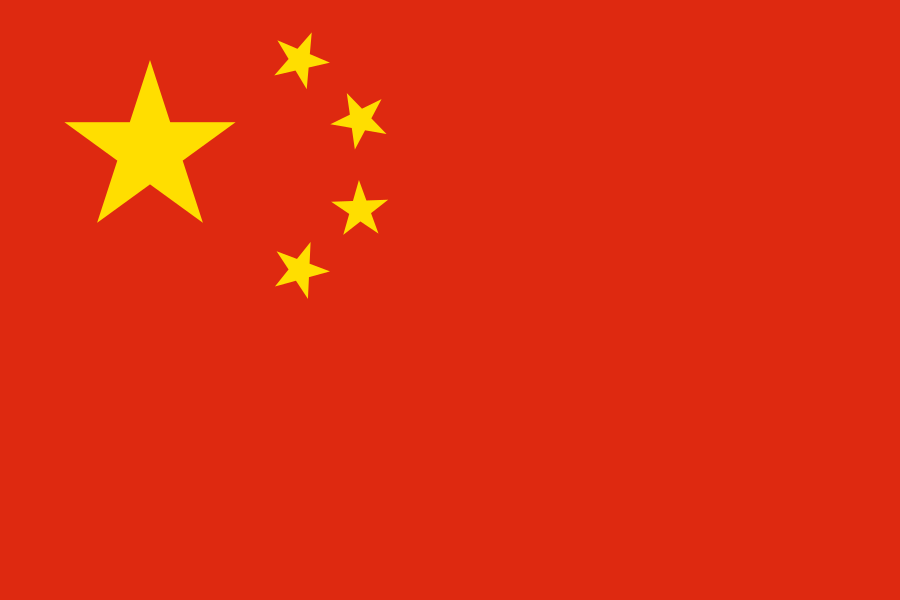Contents
Curve (Expert Mode)
In Draw Curve, you click to define curves which the software uses to define regions of a partial. For example, major connectors, meshes, and extraction sites require regions defined by closed curves, while lingual bars, clasps, and finish lines, are specified with open curves. The Draw Curves tool can draw lines which are fit to the scan data, the refractory model, on top of the partial wax, or traverse "unfit" to any surface. You can also combine curves with "T" junctions for complex clasps or support bars. In wizard mode, these options are all set for you, in expert mode you should select the appropriate behavior for the element you are designing.
Draw Curve
- Draw New Curve [1] Click on the model or wax to start a new curve. Once the first point of the curve is established, further clicks extend the curve. End the curve either by double clicking, or typing "E" on the keyboard. In addition, for closed curves only, you can end the curve by single-clicking the start point.
- Draw Replace Segment [2] To replace a portion (segment) of a curve, draw the new segment, starting with one point on the original curve, and ending on another point the same curve. The new segment will replace the old curve between the start and end points.
- Edit Curve [3] Select an existing curve, then drag any control point to modify the curve. You can add control points by left clicking on the curve, or delete a control point by left-click-hold and tapping the right mouse button. In Edit Curve you can also change the number of control points, or the fitting option of the curve you are editing.
- Fit Curve to Top Surface [4] This button actually has 2 modes, shown only by highlighting. When selected, the drawn curve will be fit to the top-most surface of scan-data, blockout, or wax. When un-selected the curve will "float" directly between the control points. This un-fit mode is useful for lingual bars, and finish lines which need to be smooth above "rough" surfaces.
- Fit Curve to Refractory [5] When selected, the drawn curve will be fit to the top-most surface of scan-data or blockout, but beneath the partial wax.
- Fit Curve to Mesh [6] Draws curves on scan data. Used to define virtual bead line prior to Survey.
- Two Point [7] A mode specifically for straight lines, which are always un-fit. Click once to start, and once to end the curve. This is convenient for support bars.
- T-Junction [8] Normally, all curves are separate. However, if curves need to be connected ("T" junction), simply select a point on the existing curve to start or end on. This is used on both approach-arm clasps and multiple support bars.
- Open Loop [9] Prevents closed curves from being created. Useful for clasps, finish lines, and support bars.
Draw Mesh And Connector
![]()
Combine the Draw Connector and Draw Mesh. If the mesh will connect to a Major connector, overlap the 2 curves slightly.
Draw Bar and Mesh

Draw an open curve for the bar, and one or more closed curves for the mesh areas.
Draw Mesh

Simply draw the outline of the apron area as a closed curve.
Draw Clasps

Clasps are drawn as one or more open curves on the refractory model. There are multiple types of clasps, and they can be drawn differently depending on the function. Here's a picture to describe the options:

- Ring clasps are always drawn as a single open curve. Easiest if drawn from the point of maximum support to the tip at the end of the curve.
- Akers clasps (Single curve or dual curve). Can be drawn as a single curve (tip-tip), or as 2 curves each from guide plane to the tip.
- "J" clasps, or single-approach-arm clasps. Must be drawn as 2 curves, the first one from the solid support to the transition, and the 2nd curve starting at the end of the transition and ending at the tip of the clasp.
- "T" clasps are roach-arms can be drawn as 2 or 3 curves, the first always being the approach arm, the 2nd is tip-tip of the clasp, or the 2nd and 3rd curves start at the transition and end at each clasp tip.
Draw Finish Lines

Finish lines are open un-fit curves, typically drawn on the major connector or lingual bar/apron.
Draw Support Bars

Support bars are used to prevent warping of printed (light-cured) resin patterns. These patterns warp along the longest axis of the partial, for example the posterior ends of lower partials are drawn towards each other. A support bar between these 2 points will counteract the natural post-print warping. Upper Partials typically use 2 support bars, one posterior-to-posterior, and one from the midpoint of the posterior support bar directly to the most anterior point of the partial.


